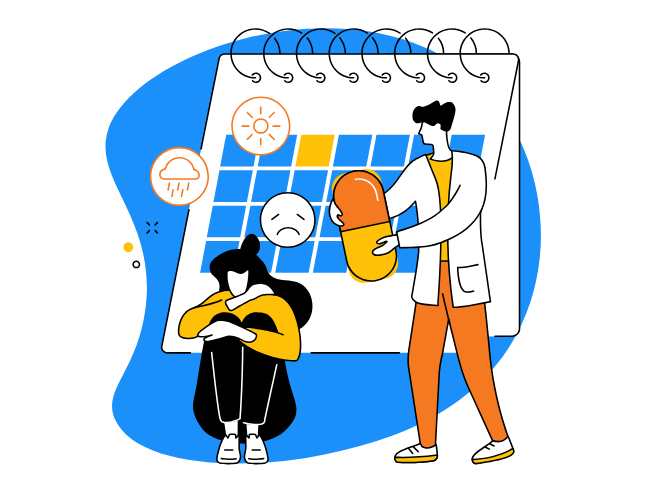As the stigma around mental conditions continues to decrease and holistic health approaches grow in popularity, employees demand benefits focused on decreasing stress and supporting their mental and emotional well-being. This has led many companies to include meditation and mindfulness resources in their employee wellness programs. Especially now—after a stressful year full of economic and public health worries—the benefits that these tools can provide may end up playing a crucial role in restoring happiness, inner peace, and focus for many individuals.
Popular mindfulness strategies—like breathing exercises, body scans (focusing on physical sensations passing from the head down to the toes), and meditation—have been studied mostly for their short-term benefits. Research on some of these activities suggests that they can bring people more in touch with their emotions, expand their capacity for emotional regulation, lower levels of stress and anxiety, and improve productivity. However, knowledge about mindfulness practices is somewhat limited in scope, especially when it comes to long-term effects. In fact, a growing body of research suggests that, in some cases, mindfulness and meditation practices can actually have a negative effect on health.
In a recent article for the BBC, author David Robson goes over some of the ways in which more mindfulness can actually backfire. About a quarter of regular meditators in a 2019 study reported “adverse events,” such as panic attacks, depression, or a sense of disassociation. The non-profit organization Cheetah House specifically offers help to “meditators in distress,” and in 2020 alone over 20,000 people contacted them for their services. Willoughby Britton, a professor of psychiatry and author of a study on the negative consequences of mindfulness, explains that a portion of meditators might become “overly sensitized” to their emotions due to an enhanced attentiveness. This results in some experiencing panic attacks. Additionally, Britton’s data show that too much meditation can even negatively affect sleep quality.
“Similar to attention-enhancing drugs like coffee, Ritalin, and cocaine, meditation can increase focus and alertness,” Brittan explains. “But when taken too far that can lead to anxiety, panic, and insomnia, because there is both neuroanatomical and neurochemical overlap between attention and arousal systems in the brain. You can only crank up your attention dial so far before you start feeling anxious or stop sleeping.” Interestingly, Britton’s studies have also shown that the same mindfulness practices can produce the exact opposite result in some individuals. By improving focus and lessening emotional reactivity, other people can become too emotionally numb and even blunt positive feelings of happiness or fulfillment.
Balance Wellness Activities In A Holistic Program
Of course, this is all not to suggest that mindfulness is actually inherently bad. Like any other health or wellness practice, balance and moderation must be kept in mind as well as how you personally react—mentally and physically—to the practice. Consider the health crisis of physical inactivity: most people do not get enough exercise, but this problem is not solved by throwing everyone into an intensive physical fitness program. That would likely result in a lot of physical strain and injuries for anyone not at a certain fitness level. Similarly, excessive efforts to be “more aware” can result in a kind of emotional strain (anxiety, insomnia, disassociation, and beyond).
While mindfulness and meditation are trending, employers should keep in mind that they are most effective as one part of a balanced, comprehensive wellness program. Meditation and mindfulness could very well be the missing link for some people, but it is not a “magic pill” to solve any and all wellness and productivity concerns. Employees should be made aware that this balance is necessary; if one doesn’t encounter success when attempting mindfulness activities, that could make someone’s anxiety or depression worse. It can be more discouraging if they are not aware it is perfectly normal to experience opposite outcomes in their emotional and mental wellness. Instead of “trying harder,” these employees need to know that they may be doing too much and may need to try something else entirely.
Consider Alternative, Personalized Approaches
Much like the way different diets and exercise programs result in different impacts for different people, mindfulness techniques also require an individualized approach. Traditional practices like meditation, body scans, journaling, and breathing exercises might not work for someone—and that’s okay. When it comes to improving awareness, lessening emotional reactivity, and boosting focus, sometimes these techniques just do not help; for some, other activities (like exercising) are what ultimately improve their mental and emotional health.
Additionally, there are also plenty of alternative methods for employees to practice being mindful or contemplative. These include activities that focus on things outside of the body (like keeping fresh flowers or reading), avoiding self-criticism, and cultivating compassion for others. While not traditional or as popular, these techniques may work better for certain individuals. By providing a variety of ideas and information on ways to be mindful, employers can easily encourage employees to find the strategy that best suits them.












